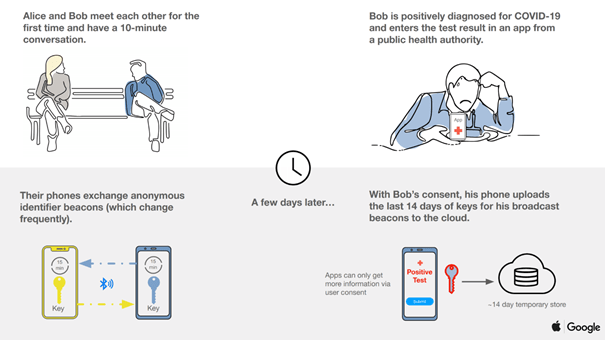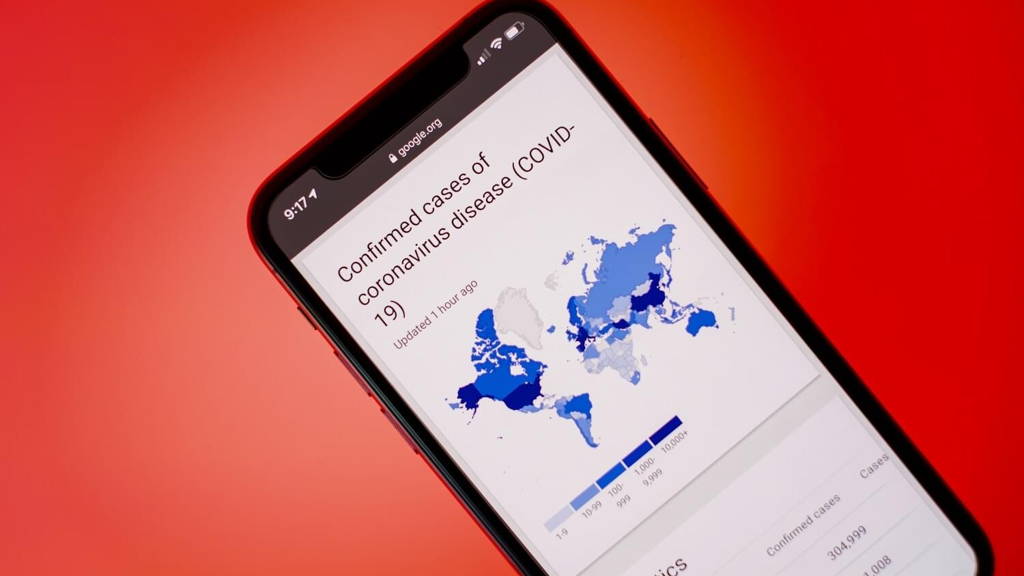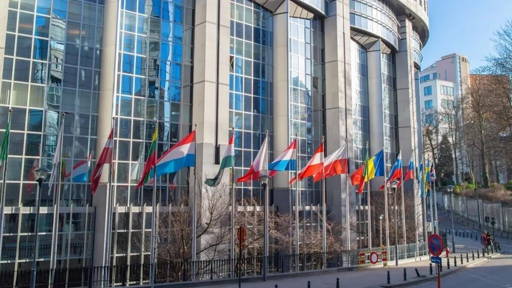The European Commission, together with several partners, launched the European Data Platform COVID-19. The EU wants to enable the rapid collection and sharing of research data to support scientists in Europe and around the world in the fight against coronavirus. The European COVID-19 Data Platform aims to be an open, secure, trustworthy, and scalable knowledge environment in which scientists can store and share data sets, such as DNA sequences, protein structures, data from preclinical studies and clinical trials, and also epidemiological data.
The platform is a joint initiative of The European Commission, the European Bioinformatics Institute of the European Molecular Biology Laboratory (EMBL-EBI), the Elixir infrastructure and the COMPARE project, as well as the EU Member States and other partners.
Open data sharing significantly speeds up research, enabling it to respond effectively to a coronavirus pandemic. The platform is also a priority pilot, aimed at realizing the objectives of the European Open Science Cloud (EOSC). The data can be submitted here
Can wearables detect early signs of the COVID-19?
Scientists hope to use data collected by vital signs monitoring devices (wearables) to predict diseases, including COVID-19. Stanford Medicine researchers and their colleagues at Fitbit and Scripps Research want to identify early signs of viral infections using data from smartwatches and other wearable technologies. More and more people are using smart wristbands or watches that measure body temperature or heart rate. They are becoming popular among people who practice a sport or want to monitor their health status on an ongoing basis. Scientists are planning to trace models of rising body temperature as the body begins to fight infection and create algorithms that recognize the activation of the immune system.
Wearables could alert users when their heart rate, skin temperature, or other parameters signal that the body is fighting an infection. In flu or colds, a lot goes through the phase when there are no clear signs, but the patient is already experiencing discomfort. We ask ourselves the question: is it just fatigue or illness? At this time, the patient can often spread the virus. Artificial intelligence could assess the first symptoms with more precision than human beings, recommending adequate responses, for example, staying at home.
Apple and Google introduce contact tracking tools
Apple and Google have joined forces to create a decentralized contact tracking tool. It is to enable every person to access information about contact with a person suffering from COVID-19. The so-called “contact tracking” is a tool to help public health authorities monitor the spread of disease and recommend people who have potentially encountered the condition to carry out the test. The control is done using Bluetooth technology available on every smartphone – it works by assigning a random, rotating identifier to a person’s phone and transmitting it via Bluetooth to nearby devices. The first phase of the project is the preparation of an API that public health institutions can integrate with their own applications. According to the announcement, it is to be published in mid-May.

The second stage of the project is the adaptation of the tracking tool through its integration with the iOS or Android operating system that will work across iOS and Android devices on an opt-in basis. This way, users would simply choose to track an option directly on their device. The data would continue to flow to applications prepared by public health institutions, and such a mechanism would increase the number of users.
Digital Health Europe: Second call for Twinnings
DigitalHealthEurope announced the launch of the 2020 Call for Twinnings. The objective is to facilitate the scaling up of digital transformation for health and care in Europe. The call focuses on supporting local, regional, and national health and care providers in Europe (adopters) that wish to adopt innovative solutions that are available for transfer from another local, regional and national health and care provider (originators) in Europe.
Twinning opportunities are available to groups of people, both small and large, with different planning ambitions, diverse levels of capacity, and varying budgetary expectations. The twinning scheme is making available close to 400,000 EUR: in financial support to cover successful submissions, expecting to fund up to 28 twinnings. The deadline for applications has now been extended to 22 May 2020.
More details






